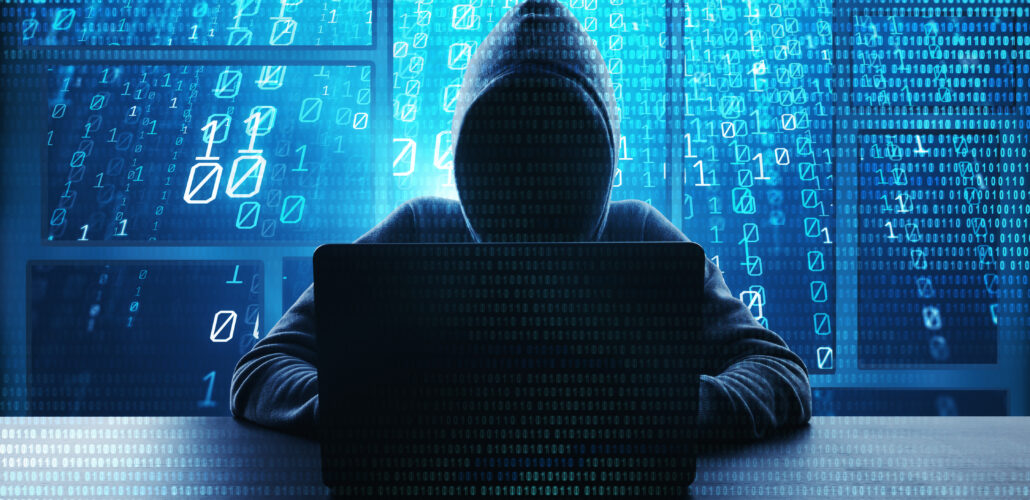Virtual Power Plant Cyber Attack Exposes Grid Vulnerabilities
What would happen if a hacker penetrated a virtual power plant? A London man found out.

Image for illustration purposes.
GA recent cyber attack on a virtual power plant (VPP) has highlighted critical security vulnerabilities in the evolving energy grid infrastructure. The incident, which involved a hacker infiltrating a VPP’s systems, serves as a stark reminder of the cybersecurity challenges facing modern power networks.
Virtual power plants aggregate and coordinate distributed energy resources like solar panels, wind turbines, and battery storage systems to function as a single power plant. While VPPs offer numerous benefits for grid flexibility and renewable integration, their reliance on digital systems and internet connectivity also creates new attack vectors for malicious actors.
In this case, the hacker exploited weaknesses in the VPP’s network security to gain unauthorized access. Once inside, they were able to manipulate power output from connected resources, potentially destabilizing the grid. The attack highlights several key vulnerabilities:
- Inadequate network segmentation, allowing lateral movement once initial access was gained
- Weak authentication protocols for remote access
- Insufficient monitoring and anomaly detection capabilities
- Outdated software and firmware on critical systems
The incident underscores the need for robust cybersecurity measures in VPPs and other smart grid technologies. Key recommendations include:
- Implementing strong access controls and multi-factor authentication
- Regularly updating and patching all systems and software
- Deploying advanced intrusion detection and prevention systems
- Conducting frequent security audits and penetration testing
- Developing comprehensive incident response plans
As the power grid becomes increasingly digitized and decentralized, cybersecurity must be a top priority. This attack serves as a wake-up call for the energy sector to bolster defenses and ensure the resilience of critical infrastructure against evolving cyber threats.
Source: EEPower



